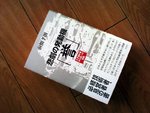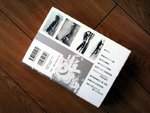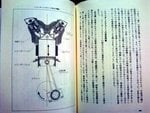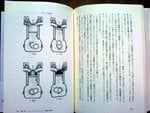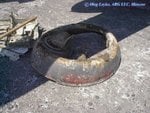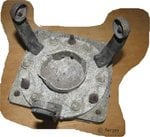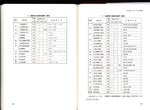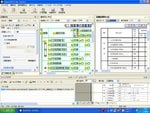- Thread starter
- #21
Yesterday, I happened to come across a copy of book which I had been longing for...."Engine of Tragedy Homare". With no hesitation, I bought it.
Though I must read page by page, roughly checking, 70 percent of the content seems overlapping with the book "Engine History of Nakajima Aircraft" I introduced last time.
As attached pics show, coolant system problem attracts my attention.
Details are going to follow soon.
Thanks.
Though I must read page by page, roughly checking, 70 percent of the content seems overlapping with the book "Engine History of Nakajima Aircraft" I introduced last time.
As attached pics show, coolant system problem attracts my attention.
Details are going to follow soon.
Thanks.

